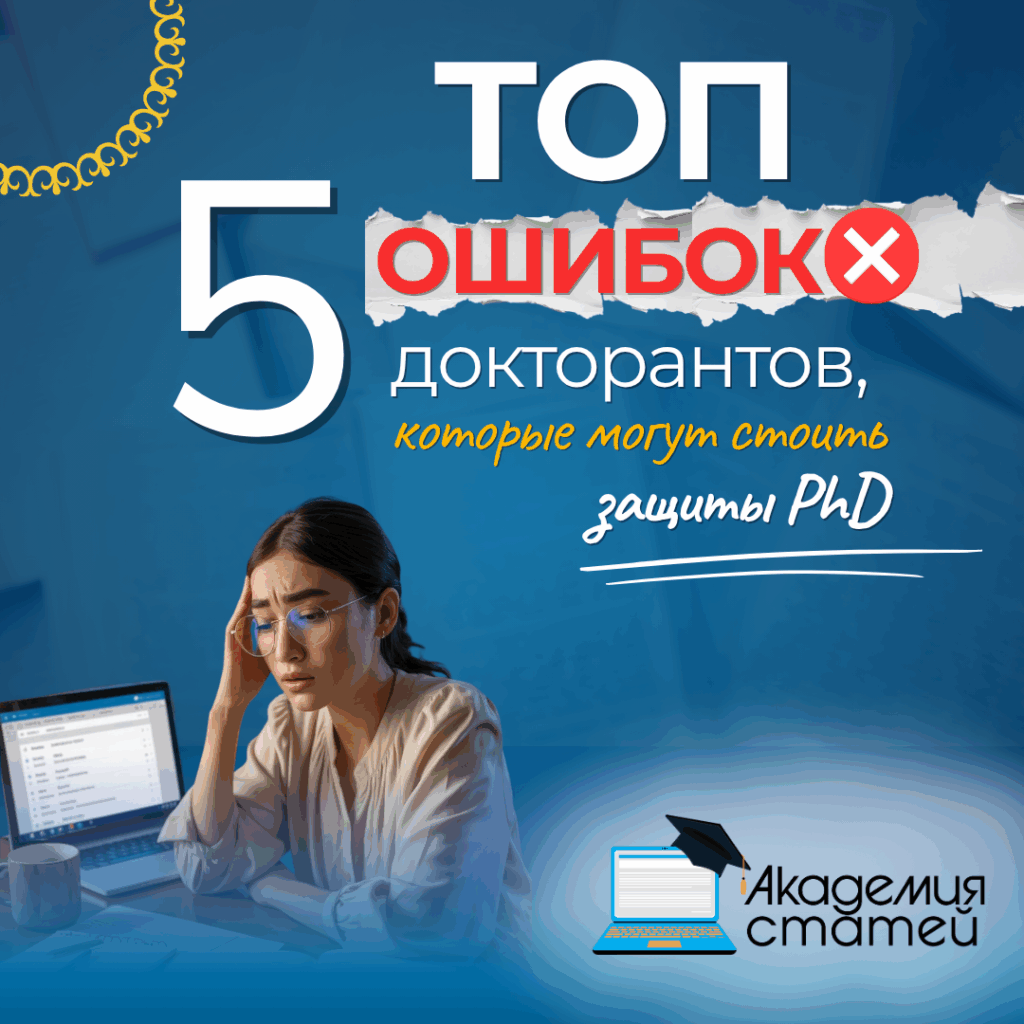Vancouver Style Basics
There are many styles an author can use for referencing when writing a scientific medical article. After reviewing the recommendations, it's important to constantly ensure that you're using the correct style. Vancouver style is the most commonly used style when writing medical scientific articles. It's easy to learn and use.
When beginning research for any work, it's important to record all the information found in detail. This information will be needed to provide accurate references and, if necessary, to locate the necessary information later.
Formatting references to sources
Modern medical journals most often use the Vancouver citation style. Its distinctive feature is that the reference list is numbered not alphabetically, but rather in the order in which the references appear in the text of the scientific paper. Moreover, the language of the scientific article is irrelevant. References are provided within the text using the sequential number of the work being cited, enclosed in square brackets [1] or [1, 2]. The bibliography, which is presented at the end of the article, must include all documents and materials referenced by the author during the writing process.
It's important to note that you cannot cite works that weren't included in the reference list, and vice versa, you cannot cite works that haven't been published. Self-citation is also prohibited. Only if absolutely necessary may the author provide citations to their own work, but no more than 3-5 references. When selecting literature for an article, it's better to use articles published based on dissertation research rather than dissertation abstracts.
Footnotes in the text of a scientific article on medicine may include documents such as federal laws, state standards (GOSTs), orders, medical and sanitary regulations, decrees, guidelines and provisions, standards, and sanitary and epidemiological rules. The bibliography must include the names of all authors of each work referenced.
All Russian-language sources or Ukrainian-language sources must be presented in a transliterated version using the template below. Bibliographic descriptions in bibliographic lists must include a DOI. The Crossref database is used for index searches. The transliterated version of the bibliographic description is inserted in square brackets and placed after the Russian-language/Ukrainian-language portion of the reference. The original language of the publication is indicated in parentheses after the translated portion of the bibliographic description (In Russia, In Ukraine).
According to international citation systems, bibliographies are part of the English-language section of an article. Therefore, they must be presented not only in the original language but also transliterated into the Roman alphabet.
Quotes with multiple sources
If an article uses a source with two authors, they are separated by the conjunction "and" without a comma. More than two authors are separated by commas, but the last name must be linked to the previous one using the conjunction "and" without a comma.
Designing a Vancouver-style "bibliography"
References are crucial for authors who not only want to conduct successful research but also want to publish in high-quality, modern journals. They are also crucial for readers, so they can see how the author conducted their research.
In the bibliography, which, as noted earlier, should be located at the end of the article, all sources used in the work should be presented in the same order they are cited in the text. All sources must be numbered.
After the author has cited information, the source number must be included. Nothing else should be provided in parentheses. This is the main distinguishing feature of the Vancouver style, which is often used for citations in scientific medical papers.
However, despite the fact that the formatting is quite simple, there are still rules that must be followed when the author compiles a list of references used in his research:
- Either square or round brackets are used. The choice of brackets depends on the editorial policy of the journal in which the author will publish their work.
- Sources and references to them are numbered with Arabic numerals.
- Sometimes it is permissible to use superscript font instead of brackets.
- The link is placed after the mention of the author's last name, or is placed at the end of the sentence, after the period.





